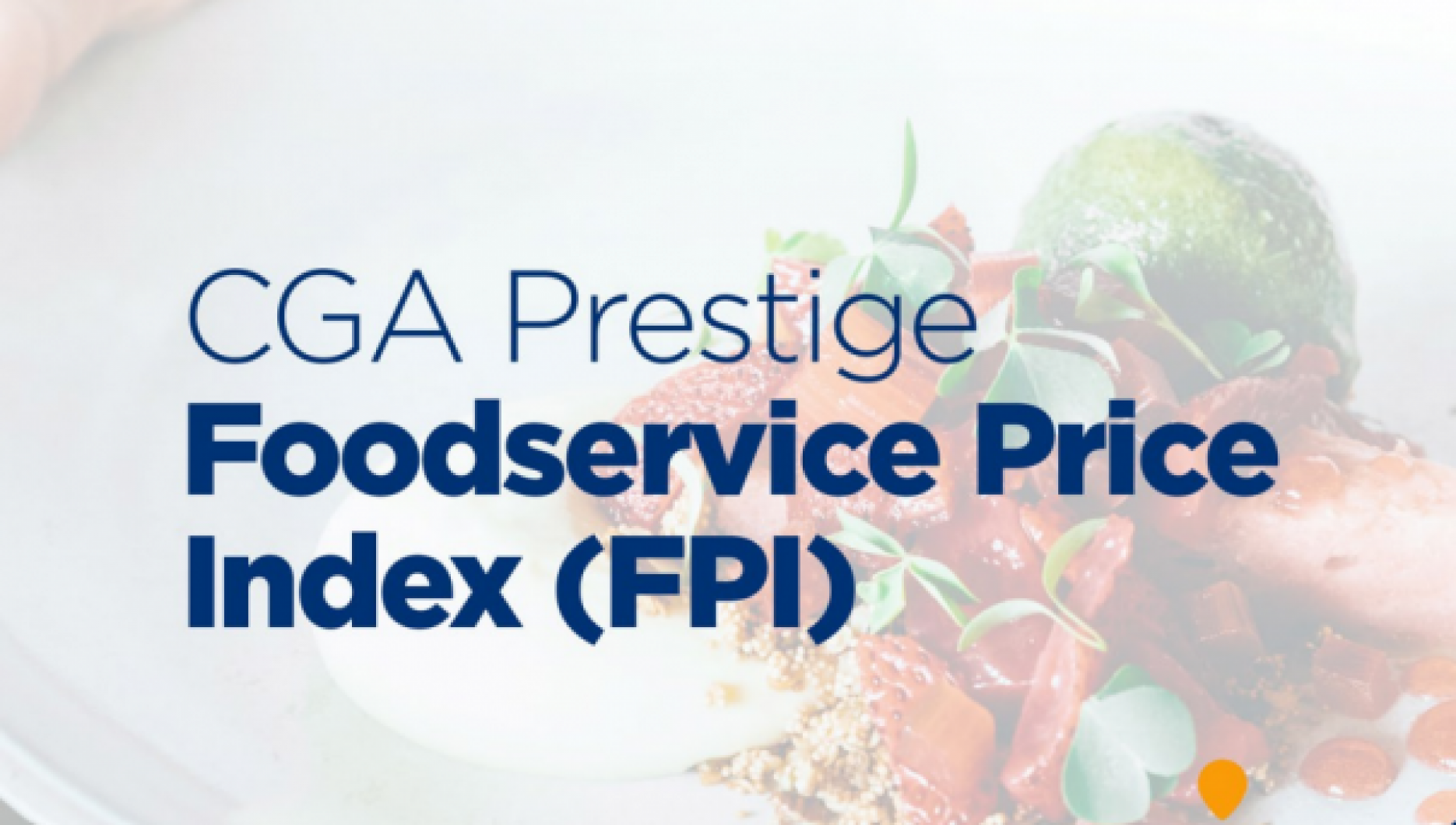
High food & drink inflation set to continue into 2023
It is the third month of double-digit inflation in a row, and analysis suggests volatility in supply and costs is likely to fuel high food and drink prices for some time. The report predicts that further rises in inflation are possible in 2022, and that the rate is unlikely to fall below 7% until at least 2023.
Inflationary pressures have been exacerbated in recent months by Russia’s invasion of Ukraine. The crisis has reduced the production levels of food staples including grains and oils as well as driving up energy and fuel costs by increasing oil prices and restricting gas supplies.
Shaun Allen, chief executive of Prestige Purchasing, said: “The food and drink system continues to be in a high level of instability, with complex impacts upon both cost and availability of product. Simply acceding to price increases will not be an acceptable option for many operators, so actively managing supply increases using reliable market data is essential. This is also a good time to review menu/ingredient ranges, and supply models to ensure optimum margin in the months ahead.”
Nine of the ten food and drink categories measured by the Foodservice Price Index recorded inflation in April 2022, with seven of them reaching double-digits and three exceeding 20%. The report highlights areas of ‘particular volatility’, including:
- Grains: with the war in Ukraine damaging production and preventing transportation
- Poultry: where capacity has been reduced, Avian flu is active and feed and fuel costs have risen sharply
- Dairy: as reduced milk production has raised prices
- Edible oils: availability of which has been hit by the war in Ukraine
- Fish: with salmon at highest ever prices and UK fresh fish impacted by frozen white fish price rises
James Ashurst, client director at CGA, added: “Energy costs have a direct impact on prices right across the foodservice sector, and the war in Ukraine has piled on even more inflationary pressure. Soaring prices are also starting to affect consumers’ spending, and on top of global supply issues and the after-shocks of Covid and Brexit, the outlook for the rest of 2022 is extremely challenging.”
